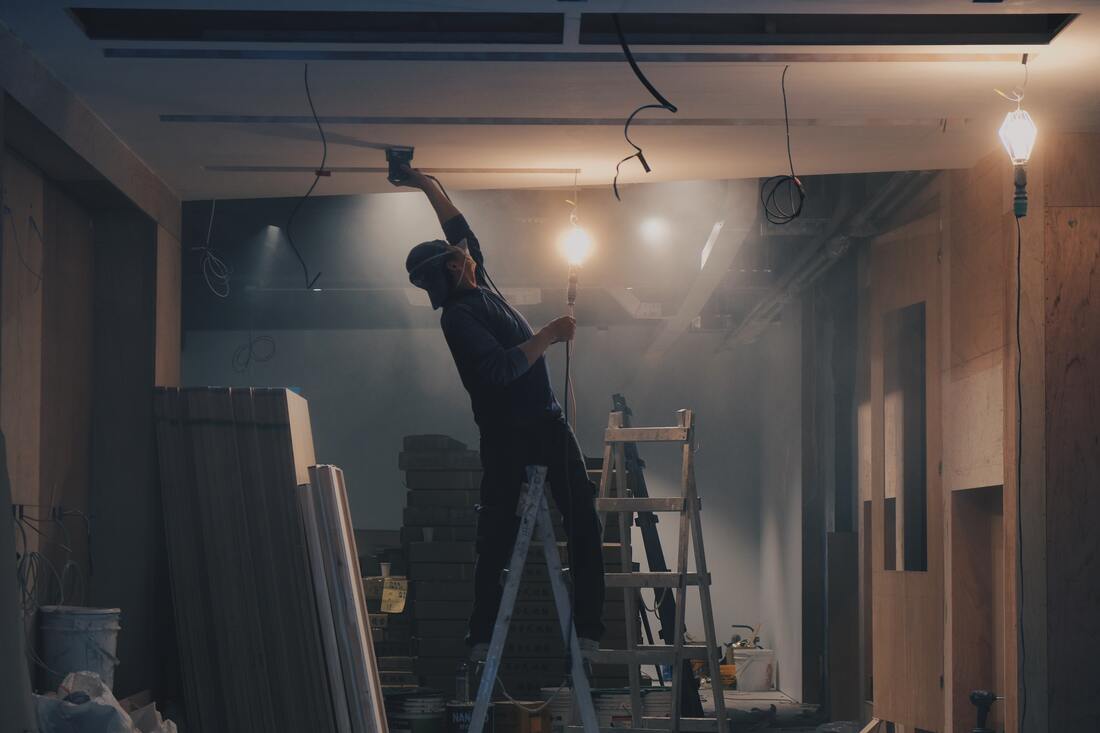|
According to the National Safety Council, nearly 250,000 work-related injuries are due to falls each year. Coupling this with slips and trips, these become the most dangerous in the workplace accounting for nearly 30% of all injuries each year. How can you help reduce slips, trips, and falls in your workplace? We will review three main ways to help you and your employees prevent these workplace injuries.
Proper Housekeeping What is the single, most important step in preventing slips and falls? Proper Housekeeping. Keeping your floors clean, dry, and free of obstructions are the best way to provide a safe working environment for your employees. Some things to remember when it comes to housekeeping:
Choose the Right Equipment What height are you working at? What types of activities are being done? What training have you completed? These are all questions that should be answered before you begin working in heights above the floor. Once answered, choosing the right equipment will help you assess the risk and find the best way to complete the task safely. Here are some types of equipment for heights and the best way to use them:
Use a Fall Protection System Protection systems allow workers to move freely at heights while either preventing them from reaching fall hazards or preventing a free fall. Common types of fall protection systems include:
While slips, trips, and falls are the leading cause of injury and citations in the workplace, we need to remember that all are preventable. Proper housekeeping, choosing the right equipment, and using a fall protection system are all great ways to help prevent these injuries, but a proper plan, risk assessment, and finding the best way to complete the task are the most important. To keep the conversation going, download the General Fall Protection Toolbox Talk (TBT) below or comment below.
0 Comments
|
AuthorSTAC Admin Categories
All
Archives
July 2024
|


 RSS Feed
RSS Feed